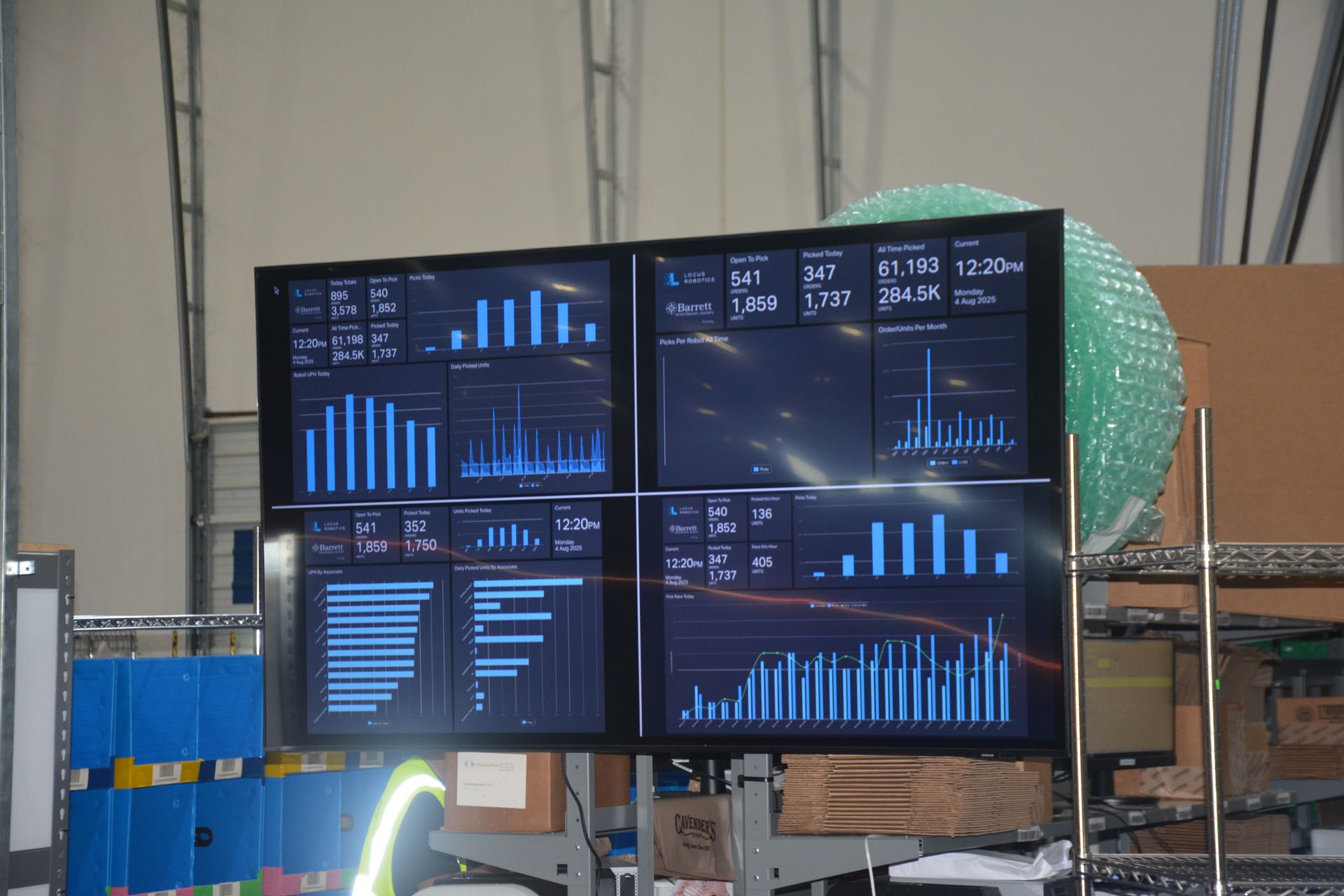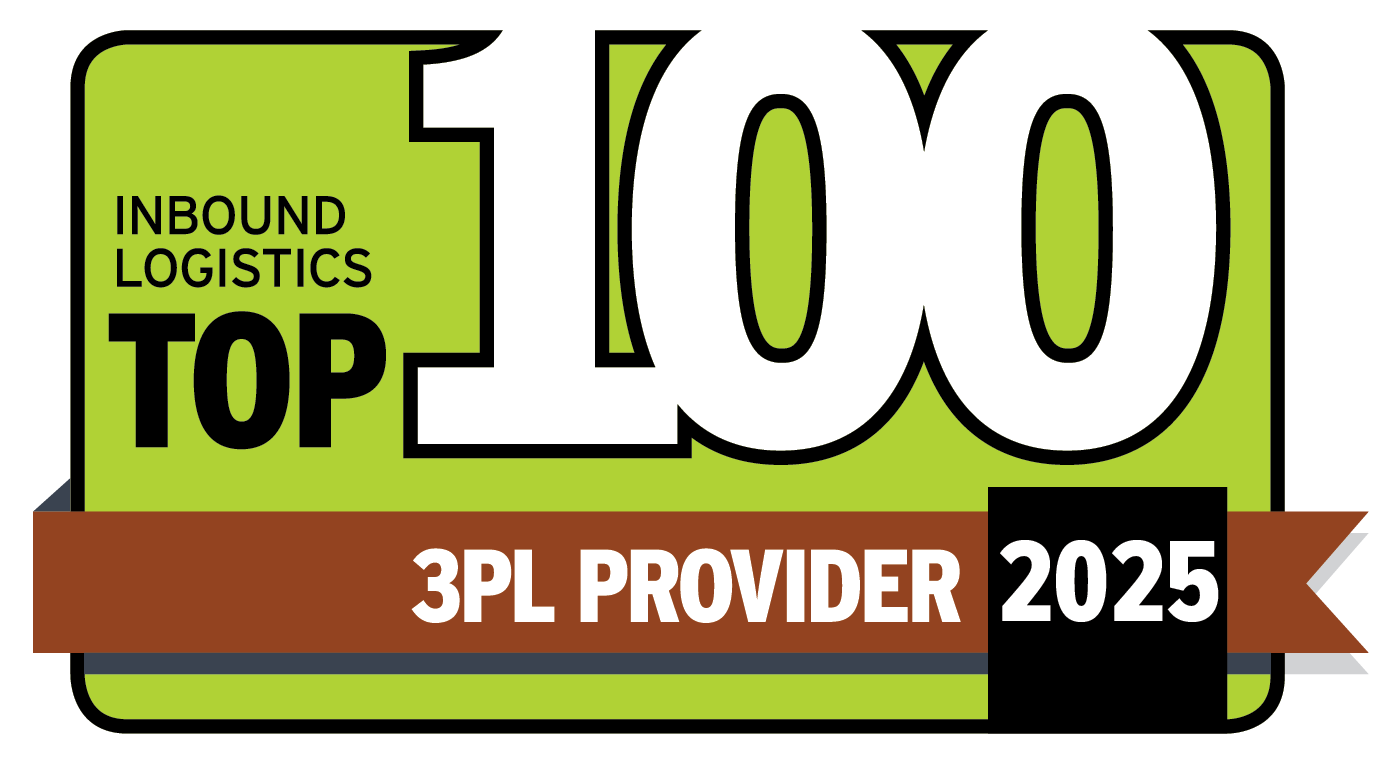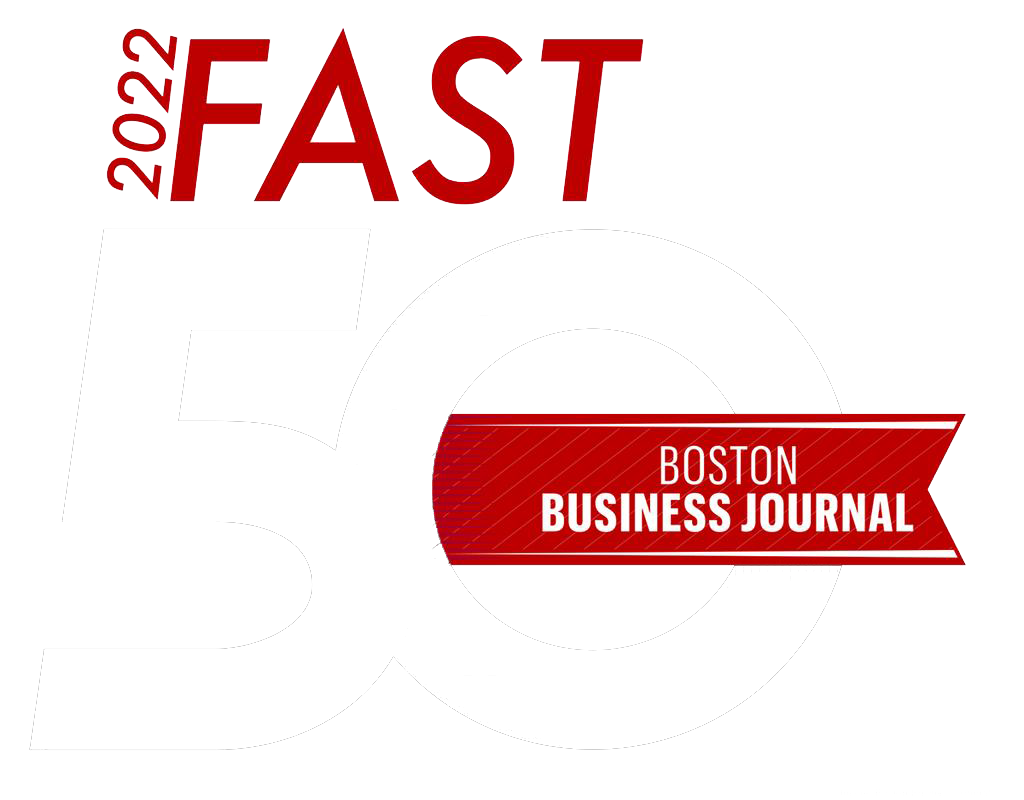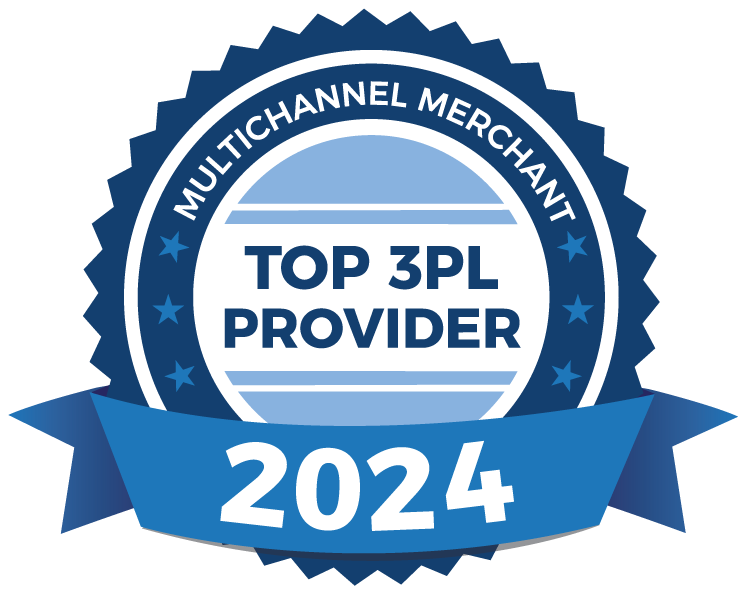Why Is Memphis The Logistics Hub of America?
Founded in 1819 by Andrew Jackson because of its strategic location on the Mississippi river, for almost 200 years Memphis has been an important transportation hub. Over the years, as logistics assets have been added, Memphis has become a major logistics center. Because of its world-class airport and ancillary logistics assets, it is considered to be ”. Memphis boasts the country’s top cargo airport and the world’s second-busiest in terms of cargo, largely due to the fact that Memphis is home to the major FedEx hub. In 2011, the airport handled 3.9 metric tons of cargo, 90% of which was distributed through FedEx’s over 300 domestic and international flights.
Memphis is only one of three U.S. cities that is served by five Class I railroads. These include the Norfolk Southern, Burlington Northern Santa Fe, Canadian National, Union Pacific, and CSX. All of the railroads have identified Memphis as a high-growth market for intermodal traffic, and four of them have invested significantly to expand the capacity of their terminals.
Additionally, Memphis is currently served by two national interstate highways: I-40 and I-55. Together these two interstates provide access north-south and east-west across the entire country, connecting to ports, gateways, and other major distribution centers. These two interstates are being supplemented with two additional interstates, I-69 and I-22, as well as a regional interstate by-pass to provide increased highway capacity for the coming decades. I-69 is the so called “NAFTA Highway”, which will extend from Canada to Mexico, passing through Memphis. It has been identified as a “”. When completed, I-22 will be an important route connecting Memphis to Birmingham and Atlanta.
As for trucking, more than 400 companies operate from Memphis providing easy access to local, long distance, truckload, less than truckload, as well as specialized freight options. Located less than 500 miles from the mean center of US population, Memphis is well-positioned to serve a major portion of the country. In fact, 36% of the country can be reached overnight and almost 70% by the second day.
Furthering Memphis’ trucking advantages, an Environmental Impact Study is being prepared for a new intermodal bridge across the Mississippi River that will accommodate both vehicles and railroads. It has been identified as a bridge of national significance in a 2006 feasibility study prepared by Wilbur Smith & Associates for the Tennessee Department of Transportation. This bridge will contribute to enhanced travel through the metropolitan area and expedite freight movements to and from the area.
Memphis also stands out with it’s options for shipping via water. The Port of Memphis is the fourth largest port on the inland waterway system, located strategically between the Port of New Orleans and St. Louis. The Mississippi River serves as another alternative for shipping goods in barge loads and container-on-barge operations.
It’s no surprise that Memphis has become a hub for logistics, with an extensive network of companies focused on logistics support operations including freight forwarders and logistics service providers. There are over 300 companies that offer freight forwarder services on a wide range of commodities.
Memphis logistics operations are supported by over 100 warehouse logistics service providers in the area, ranging from the small, boutique businesses to larger generalists, some with over 3 million square feet of distribution space. Products handled include almost anything, from agricultural chemicals to zippers. In addition to their core warehouse services, most offer value added services such as trucking, pick and pack, light assembly and kitting.
Another plus for Memphis is that since much of the manufacturing and agriculture in the United States is located in the middle part of the country, it is strategically situated to serve as a focal point for supporting (?) this activity. Over 40% of the manufacturing in the United States takes place along the I-69 corridor which will pass through Memphis. For exporting, Memphis ranks 23rd out of 365 Metropolitan Statistical Areas in the U. S. and exports more than the total of 19 states. The export value has increased by $1.0 billion each year since 2005, and currently amounts to approximately $8.4 billion. The majority of water exports are bulk commodities. Synthetic fibers or plastics, industrial, organic chemicals and automotive industry goods are some of the top export commodities. New Orleans is the most important exit port for Memphis, followed by Los Angeles, Long Beach, and East Coast ports. China, Mexico, South Korea, Japan, and Australia are the top export destinations.
Many manufacturers and distributors have chosen Memphis as a site for their distribution operations; Nike, Medtronic, Williams Sonoma, and Pfizer, to name a few. Memphis has become popular with the logistics service providers, as well. One recent addition is �ǿմ�ý �ǿմ�ýCenters, a Franklin, Massachusetts provider. �ǿմ�ý Distribtution serves an array of industries from fast moving consumer goods to the highly demanding automotive parts and online retail markets. When a firm is seeking a strategically located logistics center that has major multi-modal assets, Memphis is a clear first choice.
For more details on the Memphis logistics industry, click here.
Recent Blog Posts







